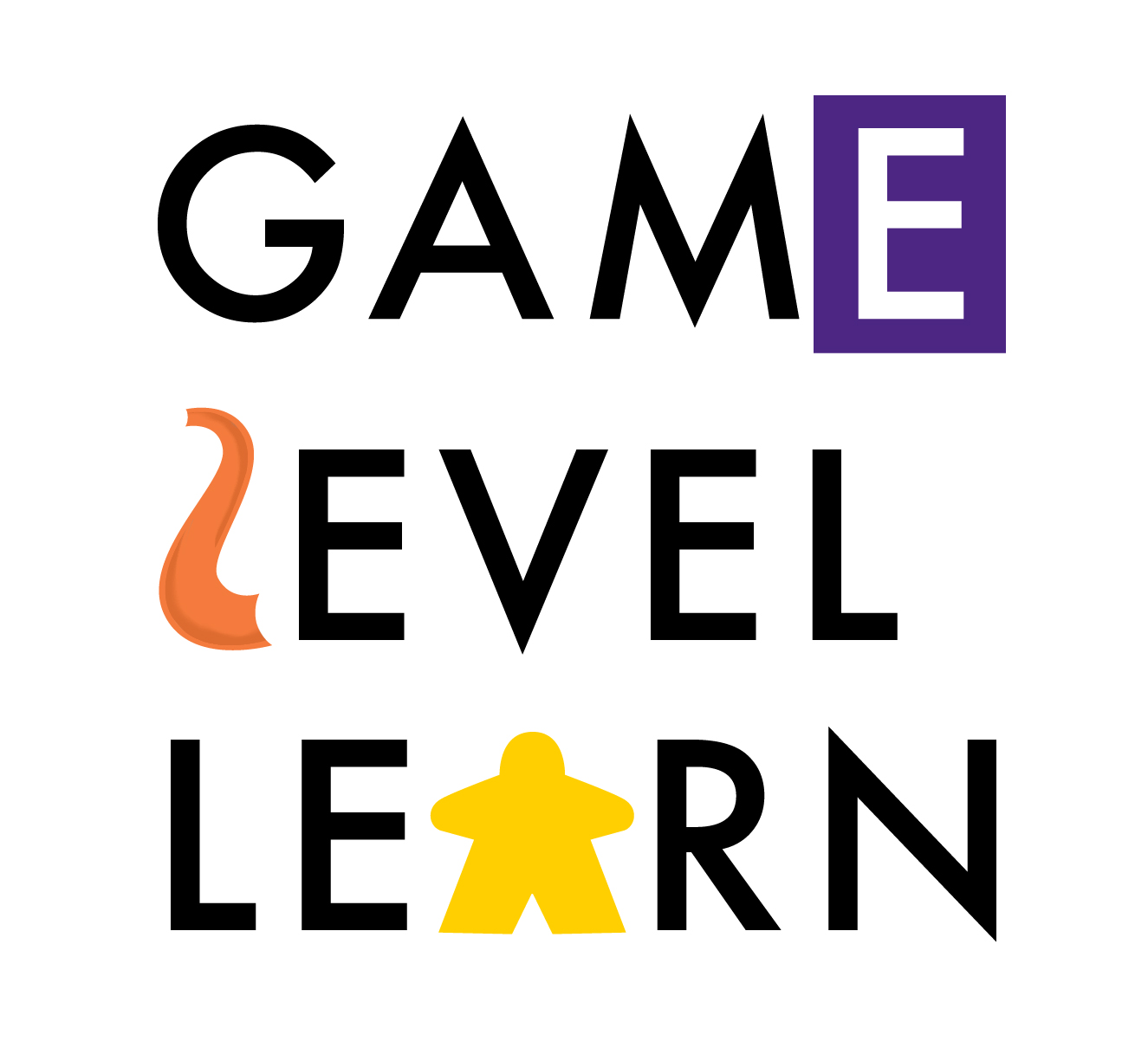Around the Classroom In 80 Games: Campaign Trail
/It’s election year here in the US and for the next couple of weeks, I’m going to detail an assortment of board games with election themes that one might use in classroom settings. Nearly all of these games are going to work just fine in a high school setting. I don’t know of any election-themed board games that are appropriate as published for elementary school students.
What’s good about this week’s game - Campaign Trail, published in 1983 by GDW and long out of print - is that it would be totally accessible to a middle school audience. In fact, it’s probably better for middle school students than for high schoolers. To its credit, it is just about the right length for what it is. It shouldn’t require much more than an hour to play this all the way through.
Campaign Trail, as a roll-and-move game, simulates the grinding quality of campaigns very effectively. It also does a good job of representing the value of successful planning. Its gameplay is very straightforward. I played the heck out of this game in the 1980s and enjoyed it because it did reward planning.
The game features a number of random event cards that captures pretty well the vicissitudes of a national campaign. Unlike Candidate, it isn’t very good with representing money in American politics and it doesn’t care at all about issues, identity or ideology.
If you can find a copy of Campaign Trail, you might use it in your classroom to:
- help your students understand the sheer size and scope of the United States and how easy it would be for a candidate to struggle to get his/her message to be understood across the full breadth of the country. It doesn’t hurt that the game makes air travel somewhat exotic and can serve to help the student understand the nature of retail politics before the air age was fully emerged.
- investigate how candidates had to position themselves near larger cities in order to maximize their votes.
- help students understand rudimentary polling. As candidates win states based largely on their visits to those states, a candidate needs to be able to discern how close they are to their opponents in a variety of states and determine whether that state could be won.
- provide a framework in which to jury rig part of the game. One could have students create candidates that would give the game greater subtlety and personality, for instance.



